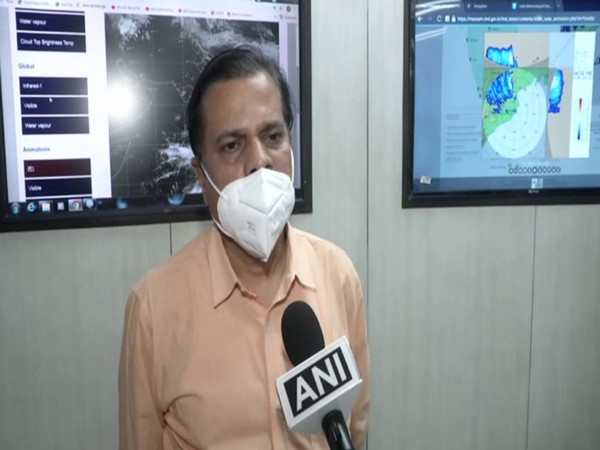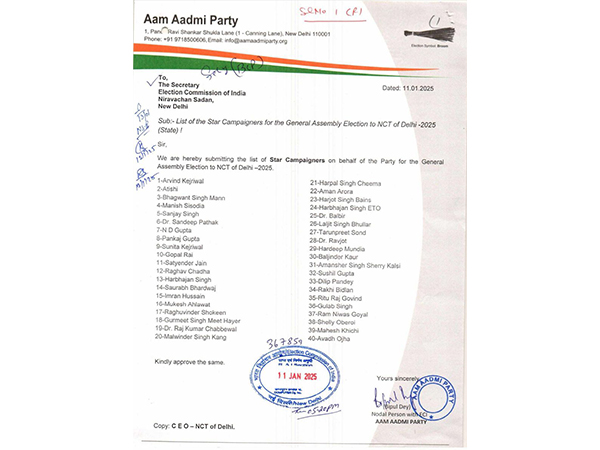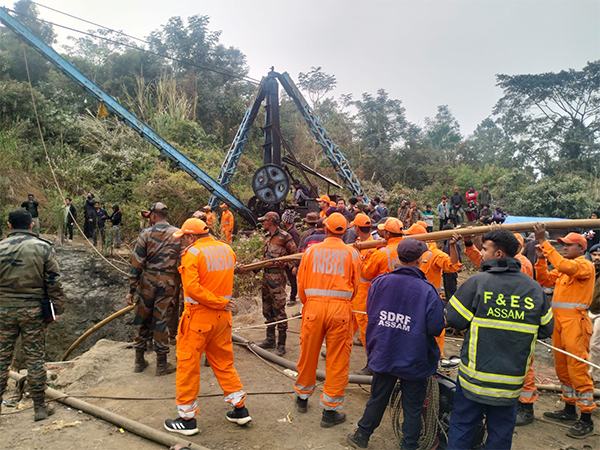
By Ajit K Jha
New Delhi [India], May 27 (ANI): There is an increasing trend of cyclones in Arabian Sea and frequency of intense cyclones could be linked to climate change, India Meteorological Department (IMD) Director General Dr Mrutyunjay Mohapatra Mohapatra said on Wednesday.
He said that every year, around five cyclones develop in the Arabian Sea and the Bay of Bengal.
“It has been observed in recent days that the intense cyclones that develop in the Bay of Bengal have not shown many changes. On the other side, cyclones in the Arabian Sea have shown an increasing trend since 1990. As per the study, this increasing trend in intense cyclone frequency, can be related to climate change but analysis and studies (on this) are not sufficient,” Mohapatra told ANI.
Speaking about the cyclone Yaas which made landfall on Wednesday, Mohapatra said its wind speed was comparatively lower when compared to cyclone Tauktae
“In the afternoon when cyclone Yaas crossed the coast, its wind speed was around 130-140 km per hour, whereas cyclone Tauktae when it crossed Gujarat had a wind speed of 160-170 km per hour with gusting of 190 km per hour. Yaas had a lower wind speed than Taukate by 30-35 km per hour. Hence, its damaging impact has also been less,” he said.
IMD informed that cyclone Yaas has weakened over northeast Odisha. It will further weaken during the next 3-4 hours.
“Hourly update on cyclonic storm ‘Yaas‘ based on 05.30 hrs IST: Severe cyclonic storm ‘Yaas‘ weakened into a cyclonic storm at 05.30 hrs IST of May 26, 2021 over Northeast Odisha near latitude 21.8°n and longitude 86.5°e, about 55 km west-northwest of Balasore. It is likely to move further northwestwards and weaken gradually into a deep depression during next 3-4 hours.” (ANI)
















